
Koufonissi is a small island in the Libyan Sea, located just a stone's throw from the southern coast of Crete. Due to the natural shape and beauty, it can be easily added to the list of tourist attractions that are worth seeing for yourself. On a relatively small area there are as many as 36 beautiful beaches, generally covered with fine sand and many picturesque caves.
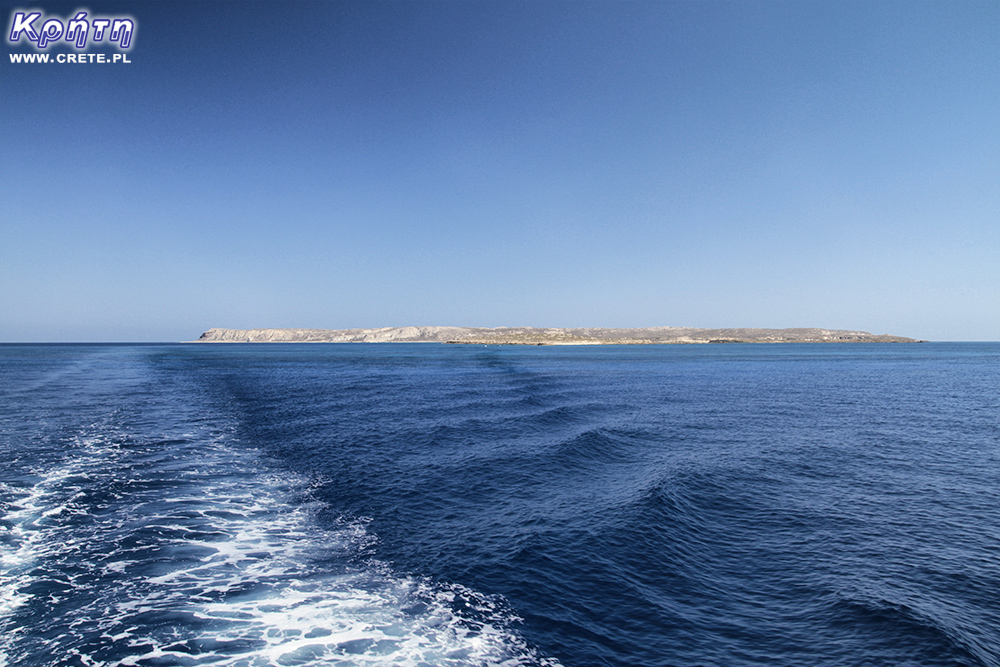
Spending a holiday in the vicinity of Makry Gialos in the south of Crete, it is worth spending one day on a full-day sea trip to the small Koufonissi. This beautiful island, along with four other tiny islands called Makroulo, Strongyli, Trachilos and Marmaro, creates a mini archipelago of small islands with a desert character.
Koufonissi, along with the islands of Gavdos and Chryssi, are the southernmost parts of Greek soil, and at the same time the southernmost borders of Europe. In a straight line, Crete and Koufonissi are only 5.5 km away, so it is perfectly visible from its eastern and northern shores.
Koufonissi is a small island with a length of 6 km and a width of 5.5 km. It is associated with the African desert, because most of the island's surface is covered with a thick layer of sand, low bushes and bushes that enjoy the dry, hot climate. The local fauna is also not impressive. However, it is worth knowing that snakes and scorpions can be found here. The island is also visited by various birds, treating this place as a stopping point.
We were dealing with exceptionally stubborn wasps on the beach that did not give us peace. :)
In antiquity, the island was known as Lefki, or white. It is a direct reference to white limestone, which in the rays of the sharp sun is stunning with its appearance. The modern name Koufonissi (Cave-Island), refers to numerous hollows and caves, which over the centuries have been patiently carved by the wind and the sea.
The biggest attraction of islets is of course the beaches, some of which could easily compete in the best rankings in Europe. White and yellowish rocks, surrounded by turquoise waters of the Libyan Sea, fine sand and low steppe vegetation create a more characteristic scenery for the African continent than Greece and Crete.
Currently, the island is officially uninhabited. Admittedly, flowing around it you will surely notice "wild tenants" who during the holidays are staying here in various unusual "constructions". Nevertheless, after the season, the island is completely empty.
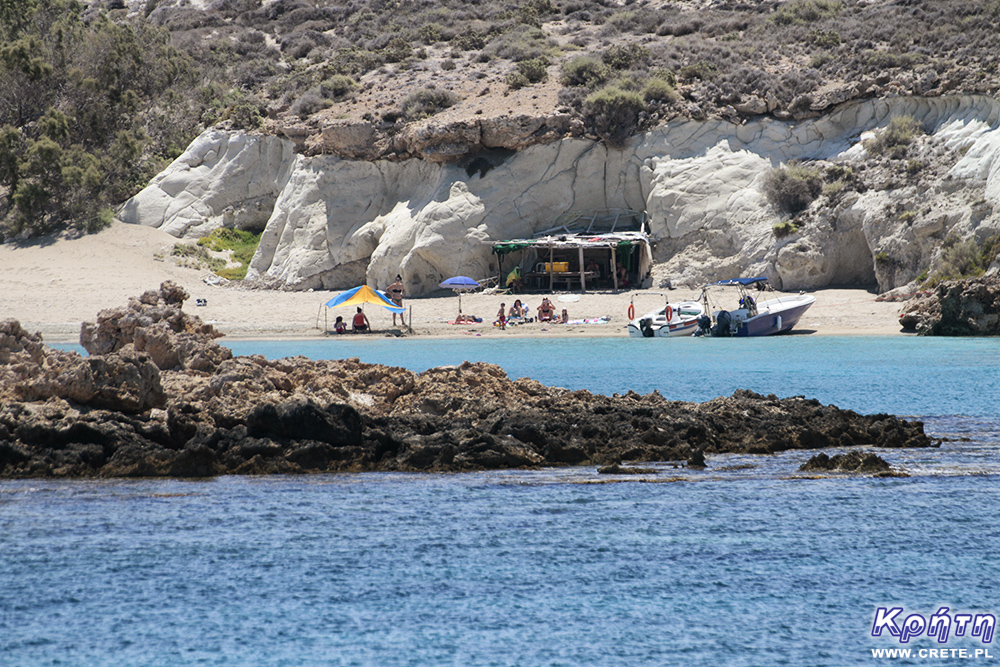
However, Koufonissi is not only beautiful beaches and caves. This idyllic scenery has a long and interesting history. Its origins date back to the Minoan era and have a further run through the times of Roman domination up to the Byzantine Empire, when the island was the economic and cultural center of the region.
The ancient island of Lefki was an important shipping port and played a major role in the Minoan economy. At the same time, it was also the subject of a dispute between the largest cities of the region. As the inscription above the entrance to the church of Moni Toplou says, the dispute about Lefka was waged by Itanos and Ierapytna (Ierapetra). Eventually, in 132 BC, the island became the property of Itanos.
So let's know what was so valuable about Koufonissi that Cretan cities were fighting for her? It's easy to guess that as usual, one of the first answers is money ...
Well, the history of the island is inextricably linked to the fishing of the sponge and the processing of Tyrian purple, the dye used by the ancient and Byzantines to dye fabrics. It was the oldest and at the same time the most expensive natural dye in the world. In order to obtain it in the early autumn or winter, sea snails were fished, so-called dyeing masonry (Murex brandaris). It was from the secretion of these mollusks that Tyrian purple was produced. As Aristotle and Pliny the Younger claim, to produce a dye it was necessary to collect a large number of shells, because each snail separated only one drop of dye. Interestingly, the purple color was obtained only after a rather arduous and time-consuming process, because the natural color of this secretion was yellowish.
Collected shells were selected in terms of size. Smaller specimens were crushed together with shells. From larger editionsmollusks were scarred and their bodies were crushed. Then it was filled with salt and a small amount of vinegar was added. The prepared mass was left for a few days in the sun and then to evaporate the water it was boiled for many days in special vats.
Tyrrian purple was a very expensive dye. The value of her one gram was able to exceed even the value of one gram of gold. One color of 1 kg of material had to be made of up to 10,000 snails. High costs meant that only the most important and richest citizens could afford such expenditure and the caprice of wearing purple robes (for example, emperor and senator of the Roman or Byzantine Empire). It is worth mentioning here that in Roman imperial, during the reign of Nero, he was the only person with the privilege of dressing in robes of such color.
Also today, the costs of real Tyrian purple are enormous. 5 grams of dye is about PLN 2,000. Nowadays, in the era of mass production of clothes, much cheaper chemical equivalents of purple are used (data from 2012).
Sailing the island around from the west side at the height of the islet Marmaro, next to the beach called Kamarelles, you can see the remains of Roman ruins and theater. In 1976, archaeologist Nikos Papadakis began excavations at Koufonissi. What a surprise when the well-preserved stone theater was excavated on the northwestern edge of the island. As estimated, its audience could accommodate even about a thousand people! This theater was partially destroyed around the 4th century.
About 200 meters southeast of the theater, the ruins of the settlement were also discovered, including a large villa with eight rooms. Among them, in addition to the typical ones such as the kitchen, there were also workshops in which the Tyrian purple was obtained. The remaining settlements were probably the fishermen's houses who were engaged in catching snails. This is evidenced by the fact that on the area of these excavations found tools used for fishing, needles and shells.
After the theater, the second most important building in this settlement were the luxuriously equipped Roman baths dating from the first to fourth centuries. They had, among other things, a central heating system and a water supply system with water drawn from sources at the other end of the island.
In the southern part of the island there are also remains of a temple with dimensions of 18 x 15.7 m. Fragments of two large statues were found near the north-west corner. It is estimated that their height in magnificence was about 2.5 meters. Paradoxically, however, the building that survived thousands of years in 1920 was devastated during the construction of the lighthouse. The lighthouse building stood just 5 meters from the east entrance to the temple. Both the temple and the statues were partly used as a building material for the lighthouse, incidentally bombed during the war in 1944. Currently, the function of the lighthouse is a contemporary metal skeleton.
At Koufonissi in the early Byzantines, monks found their seclusion here. Nowadays, apart from trips, the island also welcomes fishermen who, in the course of sudden weather, find shelter here. As if in evidence in the northern part of the island there is a tiny white church of Agios Nikolaos (St. Nicholas) patron saint of sailors and sailors.
Although the island has as many as 36 different beaches, you will be picked up by a ship here only for two chosen by the captain. The choice he makes depends mainly on the weather, especially on the wind, which can blow and hinder the steering of the ship. The second factor determining the choice of this and not another beach is the presence of other ships on them.
Unfortunately, the beaches located on the southern and eastern side of the island are quite far away from the Roman ruins, so most likely you will run out of time to reach them. Such a walk may take about 2-3 hours. However, if the captain chooses a Kamarelles beach or other nearby one, then the excavations will be at your fingertips. "Our" captain took us to two beaches: Halasma and Greos. Their short description can be found below.
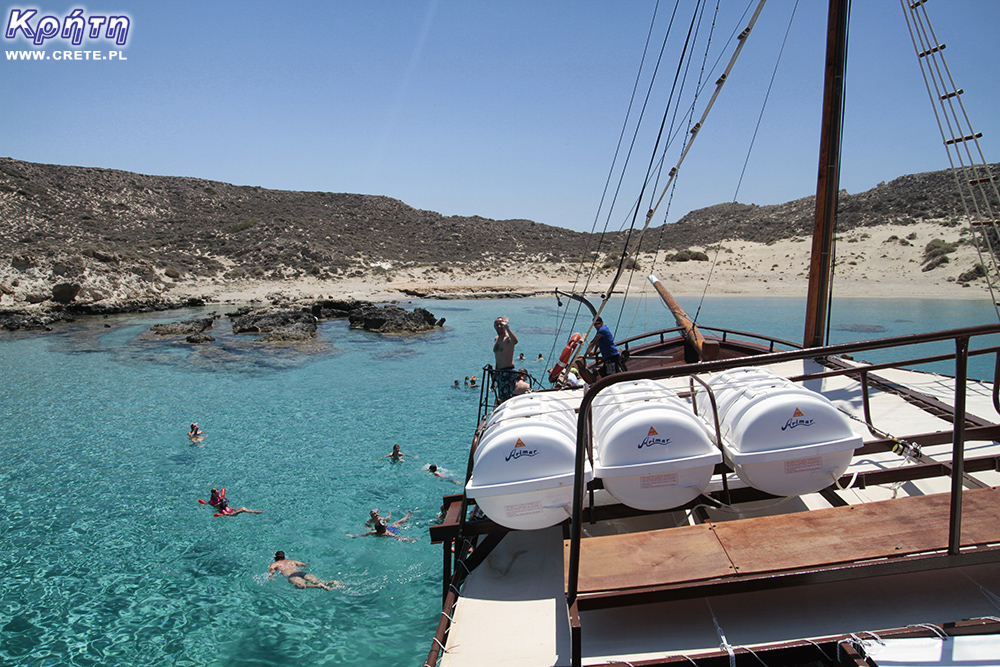
At this point, the ship only floats near the beach, and then does several dozenan i-minute stop. This time can be used for jumping into the water and swimming in the beautiful turquoise and perfectly transparent water. The scenery of this beach and surrounding rocks even attracts the eye and forces you to take a large number of photos.
This beach is located at the southeastern edge of the island of Koufonissi, between the beach of Hiliaderfia and the islet of Trahilas. There are several small coves located there, which are surrounded by characteristic white rocks. In ancient times, it was their color that gave the island the name Lefki (white).
Modern history is also connected with this place, so far it has been willingly donated by various sources. It was on the beach of Halasma and the neighboring Hiliaderfii that Princess Diana and Dodi Al-Fayed were to spend their time. Their privacy from the curious ones was defended by the British navy then.
This beach is located in the north-eastern part of the island. A longer stop was planned on the second beach during our trip. During him, the passengers of the ship were transported by boat to the shore for about 2 hours of lazing use of the charms of the sun and the warm sea. The shallow water near the shore makes it a great place to rest. The length of this beach also encourages you to take a camera and walk to the end of it.
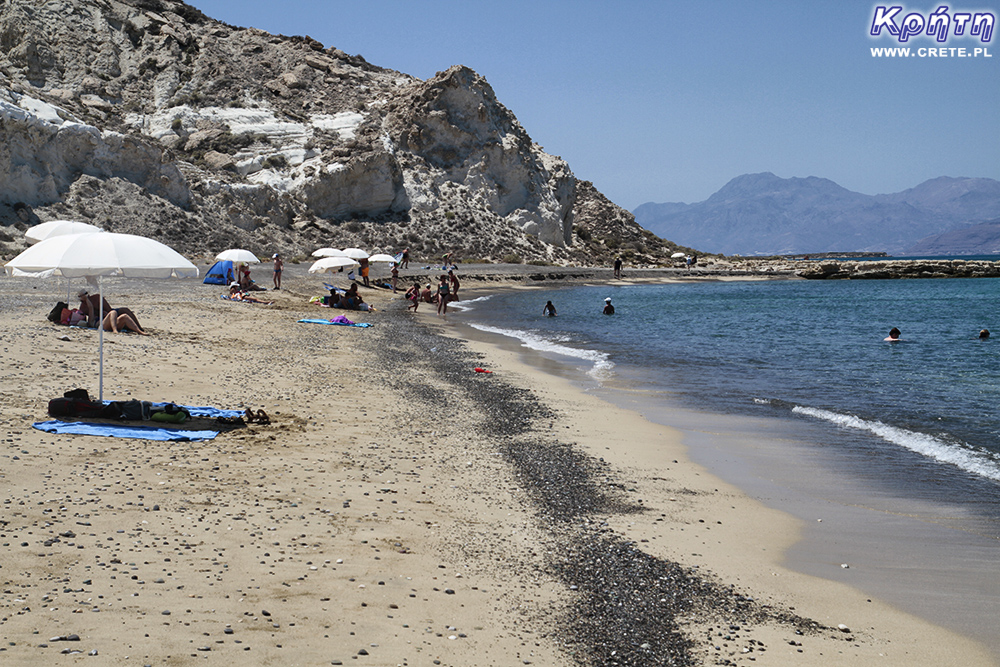
During the sea excursion, caves located on the neighboring island of Trachilos are also very popular. Dazzling white contrasts with the beautiful blue of the sea creates one of the most spectacular views that can be seen during this trip. One of the caves is so large and large that the captain, by performing precise maneuvers, affects the fore part of the ship to its interior. If you once had the opportunity to come here with a small motorboat, you can boldly be tempted to enter.
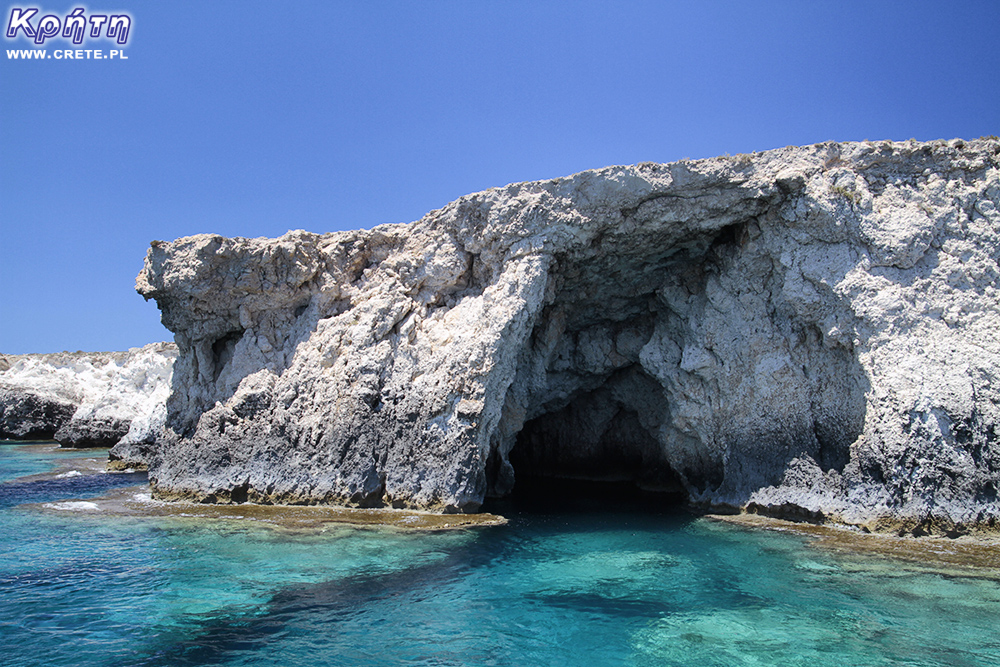
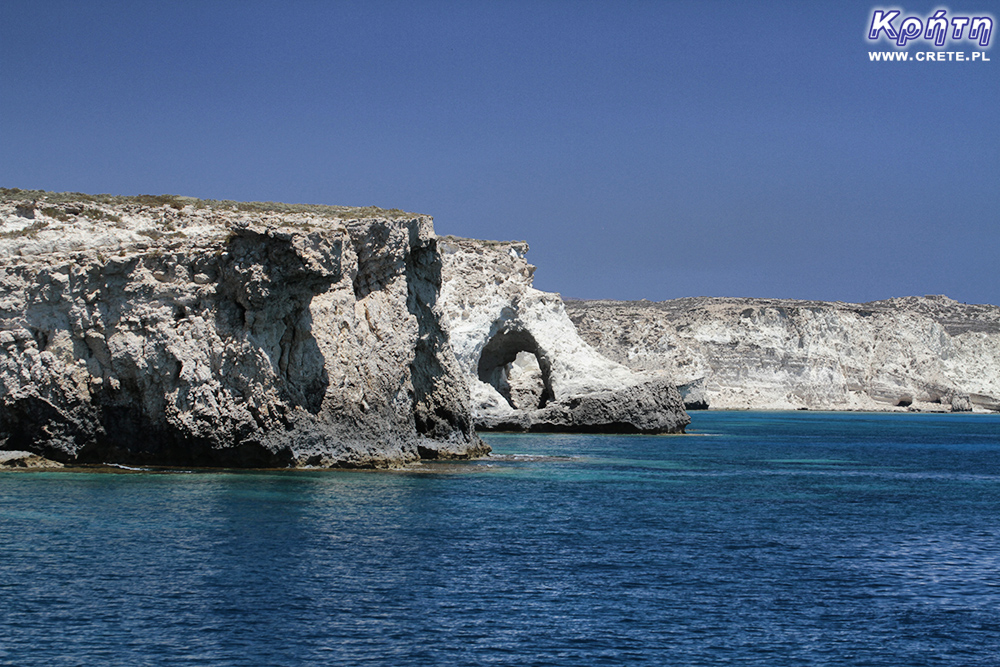
In addition to beaches, the curiosity Koufonissi is the Elia desert located in the middle of the island. There is a centuries-old olive tree (one of four on the whole island) from which this place took its name. The desert covers several acres of land. It is covered mainly by desert sand and low overgrown bushes characteristic of the dunes.
On Koufonissi, you can get to the "pirate" Evdokia ship sailing out of the small and secluded port of Makry Gialos . These flights run from May to September daily and are organized by Cretan Daily Cruises, also known for cruises to Balos Beach. The trip is planned as a full-day tour and it takes about 6.5 hours. The ship departs at 10.45 am, returning at 17.15. A maximum of 150 passengers may be on board. There is a free car park at the port.
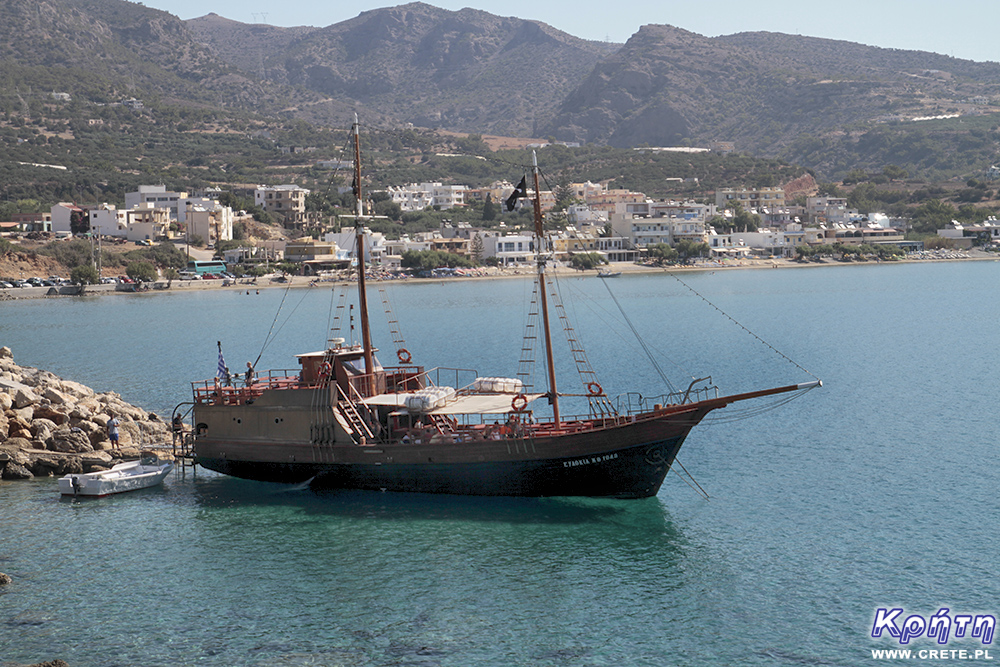
The costs of this trip are as follows: a normal ticket costs 25 €, a ticket for a child aged 3-12 costs 12 €. The smallest children (up to 2 years old) travel for free.
When buying a ticket, it is also worth asking for discounts, as students, invalids, large families and passengers over 65 years have a discount of 4 €. The Anek Smart Card holders also pay a lower price.
Tickets can be bought at the ticket office in Makry Gialos located about 100 meters from the port. Several cash desks are also located in Ierapetra. Tickets can also be purchased on the day of the voyage but then their availability depends on the number of free places on board.
Parents traveling with children will also appreciate the fact that the "pirate" crew organizes various activities for children.
All drinks and snacks (water and sodas, coffee, salads, sandwiches, toast, cakes, ice-cream, wine, beer, etc.) available on board the ship are payable additionally. For the price of 7€ you can also have dinner on board. Souvlaki are prepared here on a regular basis ;-)
You can pay for purchases both in cash and by credit card. The bar is open all the time during the cruise.
Before leaving the beach, you can also rent a beach umbrella on board the ship. This service costs 4 € (this is not a refundable deposit). Although it is an additional cost, it is worth to decide on it. On the beach the sun operates very strongly, and on the island you will not find a natural shade.
There are also no taverns on the beaches of Koufonissi. So be sure to stock up on drinks on the ship or take with you before leaving the port. It is also necessary to wear swimsuits, headgear, sunglasses and sunblock. If instead of sunbathing you would rather visit the island, it's also worth taking comfortable shoes, preferably sports shoes. The warmed-up sand covering the island can burn feet, and the low stinging thickets also do not improve the comfort of walking when we put on flip-flops.
Arriving at Koufonissi, it's worth remembering that unique places like this require all of us special treatment and protection from us so that future generations can also enjoy this gift of nature. Therefore, the island is forbidden to leave any rubbish, taking pebbles, ancient artefacts, fossils or shells. It is also forbidden to pick local plants, catch animals or light a fire.
↤ click the appropriate part of the island to change the bottom map
Information about one of the more known tourist cities of Crete, or about Malia. Description of attractions located in the city of Malia and a description of the specificity of this town.
Kritsa is one of the largest villages in Crete. The village has a lot of shops with local crafts.
The Lasithi Plateau is located about 70 kilometers from the capital of Crete - Heraklion. The average height at which the terrain of this plateau is located is 840 m above sea level.
One of the tourist attractions eagerly visited by people spending their holidays in Crete is the Dikte (Psychro) cave. The main factors that attract people to this cave are a rich and varied dripstone robe and a close connection with mythology.
Among the olive groves in the place called Logari, which is less than a kilometer from the village of Kritsa, there is a small Byzantine church of Panagia Kera from the 13th-14th centuries.
Stalida is located directly along the coast and is one of the most famous tourist destinations in Crete, which definitely comes alive with the advent of the tourist season
Most people crossing the route between Agios Nikolaos and Ierapetra will definitely notice the large crack which is marked by the mountain located east of this road. This majestic geological creation called Ha was probably created as a result of an earthquake.
Xerokambos is a small settlement in which you will find literally several taverns, and most of the buildings are single-storey and one-story houses. The big advantage of this beach is a gentle sandy descent to the sea.
Agios Nikolaos (Άγιος Νικόλαος) is a small town with less than 20,000 inhabitants. permanent residents (according to statistical data from 2001). This city is the capital of the Lasithi nomos.
Although Elounda seems to be a sleepy fishing town to this day, however, appearances should not fool you, because this town and its surroundings can boast of probably the largest number of the best hotels.
Although Elounda seems to be a sleepy fishing town to this day, however, appearances should not fool you, because this town and its surroundings can boast of probably the largest number of the best hotels.
Stalida is located directly along the coast and is one of the most famous tourist destinations in Crete, which definitely comes alive with the advent of the tourist season
The ancient city of the LATO can be found near the charming village of Krista near Agios Nikolaos.
It is recognized that Gournia was inhabited between 3000 BC. 1,200 BC and is one of the few cities unearthed to a large extent.
Zakros is the fourth-largest Minoan palace in Crete in importance and size. This latest found, built on the east coast of the island is located in the village of Káto Zákros.
Zakros is the fourth-largest Minoan palace in Crete in importance and size. This latest found, built on the east coast of the island is located in the village of Káto Zákros.
The first palace was built around 1900 BC. in the place where there was a quite impressive settlement whose remains were later transformed into the central part of the city.
Moni Toplou (Μονή Τοπλού) also called as The Great Monastery is one of the most beautiful and important monasteries in Crete.
Moni Toplou (Μονή Τοπλού) also called as The Great Monastery is one of the most beautiful and important monasteries in Crete.
O Vai zrobiło się głośno, gdy w latach 70-tych na tle palmowego gaju nakręcono reklamę kokosowych batoników Bounty.
This inconspicuous little island located about 5 km from the center of Elounda is one of the biggest tourist attractions in Crete.
When heavy equipment entered the promontory near Sitia, no one expected that this area contained the ruins of the Hellenic city.
The abundance of water and shade mean that even at the peak of the tourist season, this place is full of lush vegetation.
At the top of a cone-shaped hill called Souvloto Mouri, the remains of an unusual building with a unique oval shape were discovered.
The ruins of the ancient city of Itanos are located at the eastern tip of Crete, less than 3 kilometers north of the famous palm beach of Vai. Although there are also nice beaches at Itanos, unlike its well-known neighbor, this place does not attract crowds. There are either accidental stray tourists or excavation enthusiasts here.
Just over 2 km from Palekastro, next to Chiona beach, there is a large archaeological site called Roussolakos
Just over 2 km from Palekastro, next to Chiona beach, there is a large archaeological site called Roussolakos
Ierapetra (Ιεράπετρα) is the fourth largest city of Crete and also the largest town located in the Lassithi prefecture.
Diaskari Beach, also known as Green Beach, is less than 3 km from Makry Gialos.
Koufonissi is a small island in the Libyan Sea, located just a stone's throw from the southern coast of Crete.
Less than 10,000 population of Sitia makes the city the smallest in Crete. Some even go a step further and say perversely that it is rather the largest village of Crete.
Napoleon's house is one of the few typically tourist attractions in Ierapetra. About what could have happened here in the summer of 1798 and possibly how much in this legend is the truth we write in the article on the page below.
Zakros is a small town on the east coast of Crete, less than 40 km south-east of Sitia.
Moni Kapsa Monastery is one of the most interesting monasteries in Crete. Its massive buildings were erected on rocky, gray slopes surrounding the nearby Pervolakia Gorge.
However, Pachia Ammos is not a typical crowded and lively tourist destination, which is not lacking in the north of Crete.
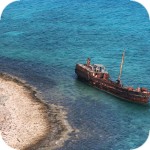
Everyone who sailed to Balos from this trip certainly remembered the wreck of the ship located on the island of Imeri Gramvousa. Today, few people remember his name and the history of events from January 8, 1968, which caused him to be in this place.
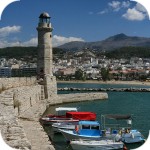
The old Venetian port and the lighthouse are one of the most recognizable elements of Rethymno. Although there are many beautiful places in the city, this area is one of the most picturesque and most important areas of the old part of the city.
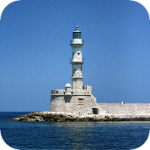
The lighthouse in Chania (Faros - Φάρος) was established for six years from 1595. Like many other buildings of this type and fortifications, it was built by the Venetians who ruled then with Crete. Apart from the obvious function of traffic lights, this building was also of strategic importance. Along with the fortress Frikas located on the opposite coast, it created a gate that closed access to the port basin.
Komentarze
komentarz z
Szkoda, że wypłynięcie jest o tak późnej porze...
Można dogadać się z jakimś rybakiem żeby popłynął o 6 rano i wrócił koło 21 ?
Przy kilku osobach może by wypaliło..
Co to jest 6h ? :(
komentarz z
Może i można. Trzeba pytać na miejscu.
komentarz z
Jak patrzę na wasze zdjęcia to trafiliście na niezłe tłumy (tłumy jak na realia Koufonissi oczywiście ;) ). Rok temu w pierwszym tygodniu czerwca byliśmy na rejsie, to łącznie z nami na pokładzie było 6 osób :) A na wyspie nie było żadnych innych statków, łódeczek czy lokatorów, zupełnie pusto. Po zacumowaniu odeszliśmy kawałek od reszty, tak że nikogo nie było w zasięgu wzroku. Mogliśmy zaznać tego niezwykłego odczucia totalnej "bezludności" :D Ale fakt, że czas trochę ograniczony i nie ma się wpływu na wybór plaży, nam nie udało się zobaczyć ruin.
komentarz z
Początek czerwca to jednak zupełnie inny okres niż druga połowa lipca :). Myślę, że w szczycie sezonu sytuacje kiedy ten statek płynie "na pusto" są raczej niemożliwe. W wakacyjnym okresie raczej też nie można liczyć na to, że nie będzie innych łódek. Podobnie zresztą jak i to że nie będzie tymczasowych "lokatorów". Nam czasowo rejs wydawał się ok :) taki w sam raz. Owszem pewnie gdyby było znaczeni więcej czasu to wybralibyśmy się do ruin, ale tym razem mieliśmy bardziej wypoczynkowe podejście ;)
Wypełnij poniższy formularz aby dodać komentarz
lub kliknij w poniższy link aby skorzystać z możliwosci komentowania przez facebooka:
https://www.facebook.com/crete.poland/posts/10154553863477551